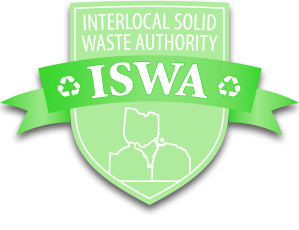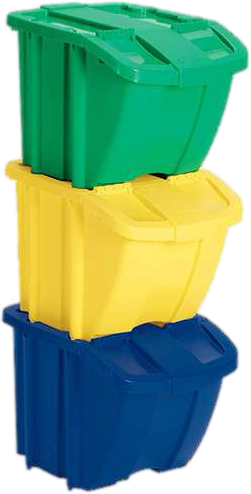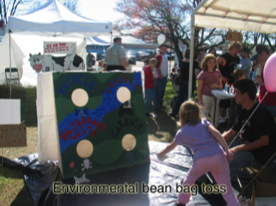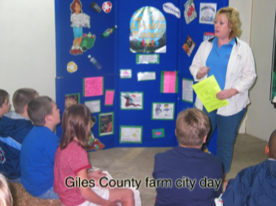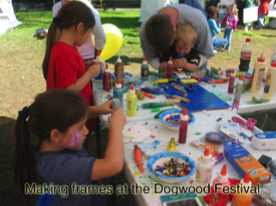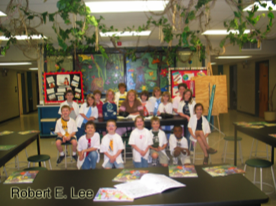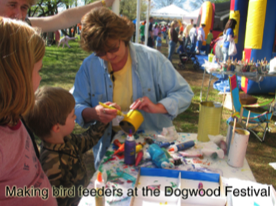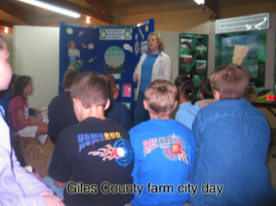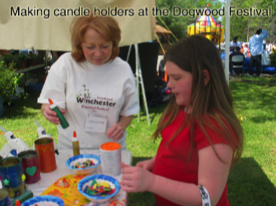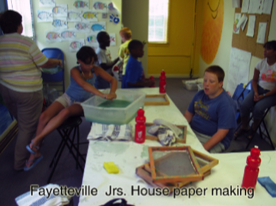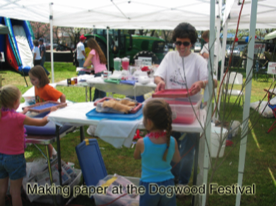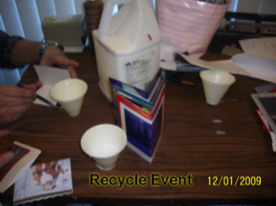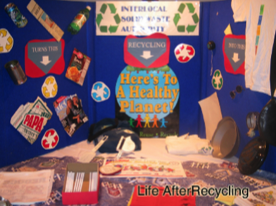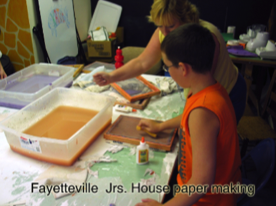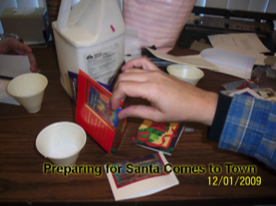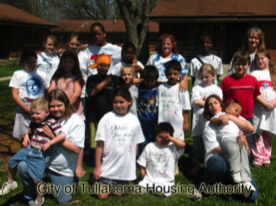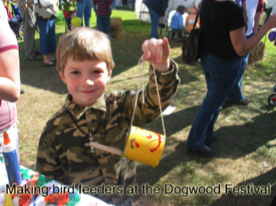Many organic materials including leaves, grass straw and non-woody plant trimmings can be composted. And kitchen wastes, such as vegetable scraps, coffee grounds and eggshells can be turned into a nutrient rich soil known as compost.
Sawdust may be added in moderate amounts if additional nitrogen is applied. About six cups of ammonia nitrate is required for 100 pounds of dry sawdust. Wood ashes act as a lime source, and if they’re added, you need only add one cup of ammonia nitrate per bushel of compost.
Ordinary black and white newspaper can be composted. However the nitrogen content will be low and this will slow down the rate of decomposition. If newspaper is composted, it should make up no more than 10 percent of the total weight of your compost pile.
There are some materials that should not be used to make compost, including human and pet feces. Meat, bones, grease, whole eggs and dairy products shouldn't be added either, because they attract rodents. As a general rule, if it was grown in the dirt or made from something grown in the dirt it will turn back to dirt, or compost.
The compost pile should be located close to where it’ll be used, but where it won’t interfere with yard activities or offend the neighbors. And don’t locate a compost pile near a well or a slope that drains to surface water, such as a stream or pond. The pile will do best if it’s located in partial sunlight and protected from drying winds. The more winds and sun the pile is exposed to, the more water it’ll need.
When making compost, organic wastes, such as leaves, grass and plant trimmings are put down in a layer eight to ten inches deep. Coarser materials will decompose faster if placed in the bottom layer. This layer should be watered until moist, not soggy. A nitrogen source should be placed on top of this layer. Use one of two inches of livestock manure or a nitrogen fertilizer, such as ammonia nitrate or ammonia sulfate at the rate of one third cup for every twenty-five square feet of surface area. If these nitrogen sources aren't available, one cup of 10-10-10 per 25 square feet of surface area will do. Never use a fertilizer that contains and herbicide or pesticide.
Each pile ideally should be five feet high. If only tree leaves are composted, layering may not be necessary. Leaves should be moistened if they are dry. And since dead leaves lack adequate nitrogen for rapid decomposition, add a high-nitrogen fertilizer to speed the breakdown. You’ll need to add about ½ cup of 10% nitrogen fertilizer for each 20 gallons of hand compressed leaves.
To prevent odors and hasten decomposition, turn the pile occasionally. Generally a well-managed compost pile will be ready in less than four months under warm conditions.
No matter what you do or don’t do to your compost pile in time Compost Happens!
